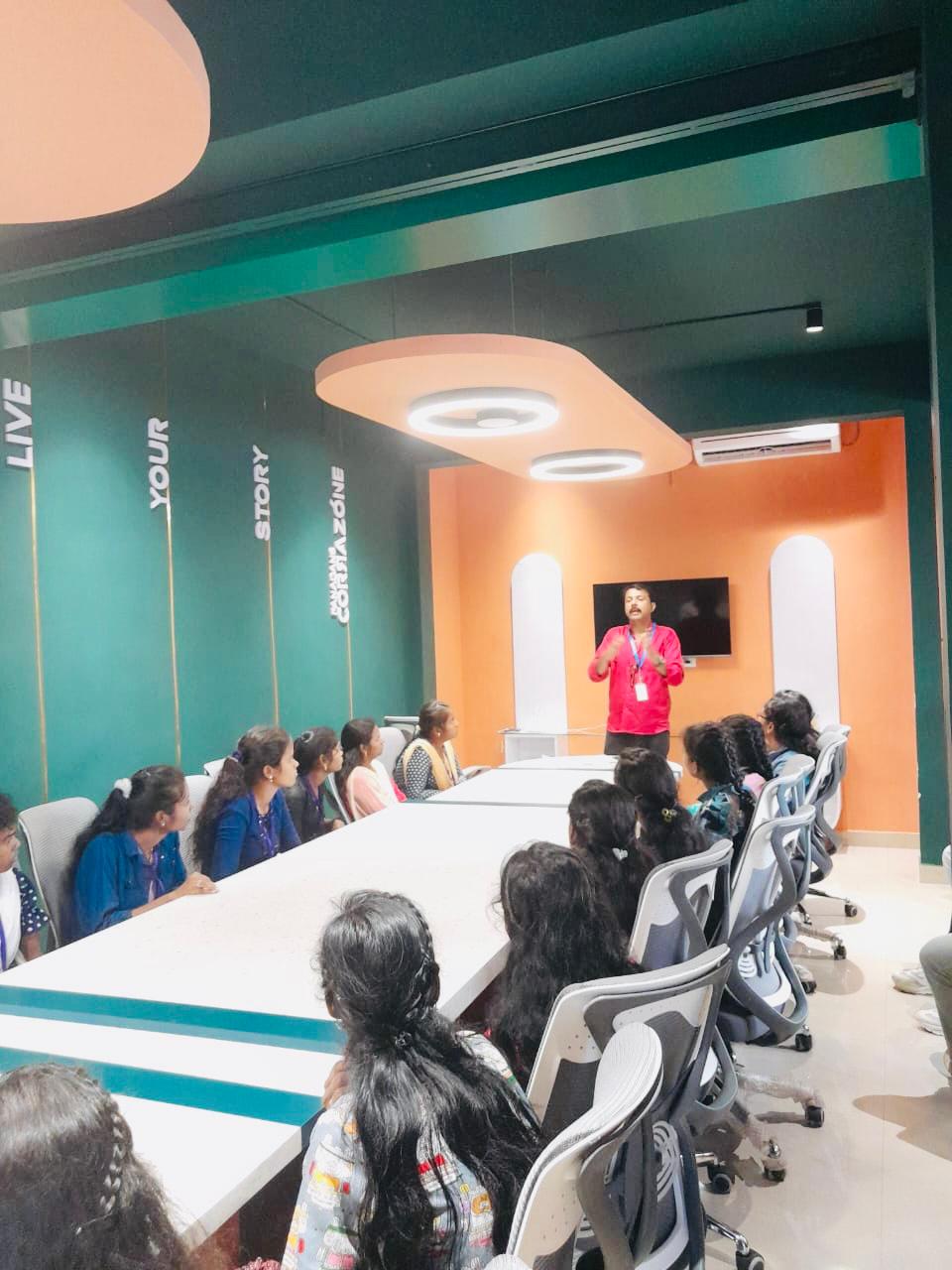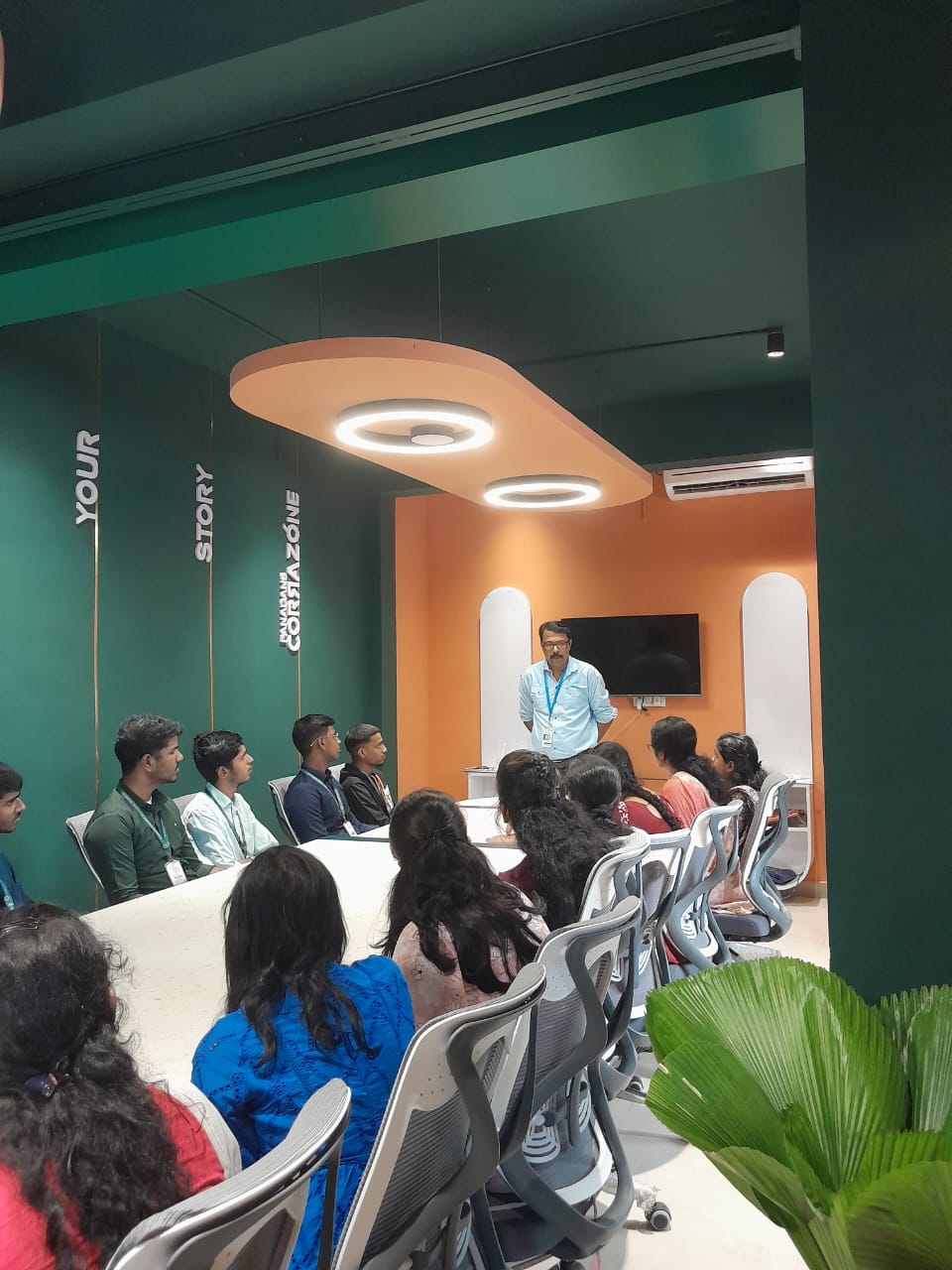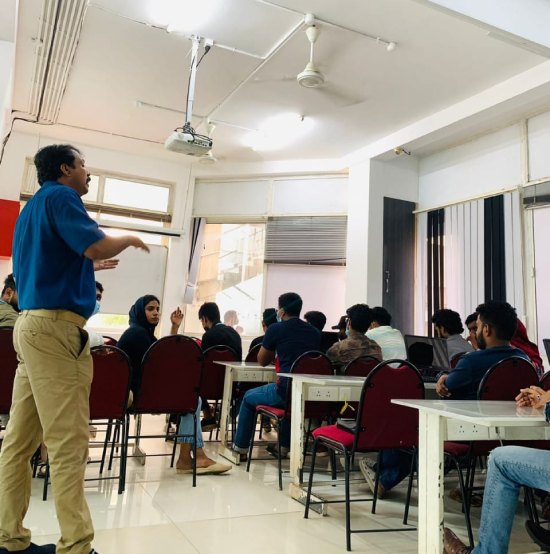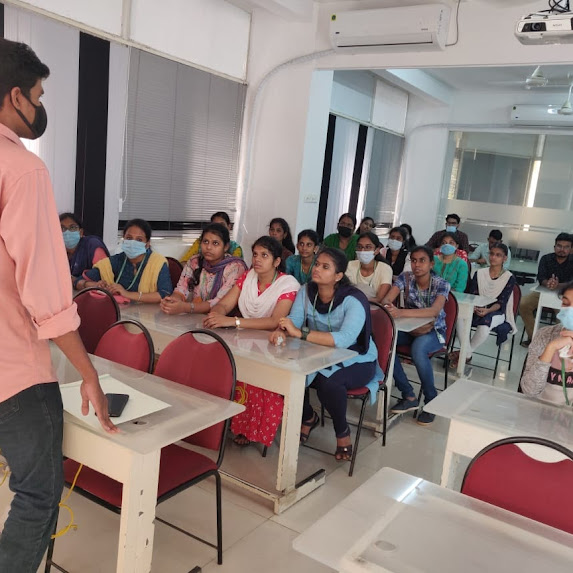Codeigniter Training by Experts
Our Training Process

Codeigniter - Syllabus, Fees & Duration
Module 1: Introduction To Codeigniter Object Oriented Programming
- What is use of oops programming?
- What is Class in PHP?
- Declaration of Class.
- Creating an object for class
- PHP Access Specifier Private, protected and public
- Inheritance
- Encapsulation
- Polymorphism
- Abstract Class
- Final Class in oops
- Constructor – php 4
- Constructor and Destructor – php5
- Scope Resolution Operator (::) in php
- Parent keyword in oops
- Self keyword in oops
- This keyword in oops
- Class constants
Module 2: What’s Model-View-Controller
- Making Life Easier for the Developer
- Model
- Views
- Helpers and Libraries
Module 3: Revisiting The Opening Example
- First Things First: The Model
- Creating the Controller
- Creating the View
Module 4: A Slightly Different Approach: Templates
- Modifying the Controller
- Modifying the View
Module 5: CodeIgniter At A Glance
- The system/Folder
- The system/application Folder
Module 6: Initial Configuration
- config.php
- database.php
- autoload.php
- routes.php
Module 7: CodeIgniter Libraries
- The Database Library
- The Session Library
Module 8: CodeIgniter Helpers
- The Form Helper
- The URL Helper
Module 9: Creating Models, Views, And Controllers
- Models and Database Tables
- Controllers
- Views
Module 10: Creating A Rudimentary Admin Framework
- Using Folders to Organize Controllers
- Creating the Login Mechanism
- Creating the Home Page of the Admin Panel
Module 11: Importing And Exporting
- Creating an Export Function for Categories
- Creating an Export Function for Products
- Importing a CSV Import Library for Products
Module 12: Creating A Page Manager
- Creating the Database Table
- Creating the Model
- Creating the Admin/Pages Controller
- Creating the Administrative Views
- Choosing and Integrating a WYSIWYG
- Editor
- Updating the Welcome Controller
Module 13: Creating A Page Manager
- Creating the Database Table and Model
- Adding a subscribe() Function
- Creating the Form
- Creating Administrative Screens
Module 14: Security
- Filtering User Input
- Encrypting Sessions
- Additional Security Resources
This syllabus is not final and can be customized as per needs/updates





 Model-View-Controller development framework is one of the popular frameworks, thus Codeigniter has loosely supported it. Most of the businesses opt for Codeigniter because it's quick, reliable, and its time and speed are important as compared to others. The Codeigniter Course in Nestsoft could be a customized training program that enriches the knowledge. Learn Codeigniter online course from Nestsoft with help of industry experts. A framework of the open offer web application is used to utilize the MVC design to develop web development without having to adhere to strict rules quickly. the main engaging options of the Codeigniter are Model-View-Controller based system, a full-featured database class with support for many platforms, an extremely lightweight, question Builder database Support, form. The CodeIgniter platform provides community support to the users who may also be battling certain issues or problems while developing the website using the particular framework. it is very little in size but has a whole toolkit that will equip a web developer to weave magic. This provides confidence to the developers who will get solutions to their problems without any distinguished delay. Multiple safety features are available in the development platform it will keep your website running between completely different devices.
Model-View-Controller development framework is one of the popular frameworks, thus Codeigniter has loosely supported it. Most of the businesses opt for Codeigniter because it's quick, reliable, and its time and speed are important as compared to others. The Codeigniter Course in Nestsoft could be a customized training program that enriches the knowledge. Learn Codeigniter online course from Nestsoft with help of industry experts. A framework of the open offer web application is used to utilize the MVC design to develop web development without having to adhere to strict rules quickly. the main engaging options of the Codeigniter are Model-View-Controller based system, a full-featured database class with support for many platforms, an extremely lightweight, question Builder database Support, form. The CodeIgniter platform provides community support to the users who may also be battling certain issues or problems while developing the website using the particular framework. it is very little in size but has a whole toolkit that will equip a web developer to weave magic. This provides confidence to the developers who will get solutions to their problems without any distinguished delay. Multiple safety features are available in the development platform it will keep your website running between completely different devices.


















































































